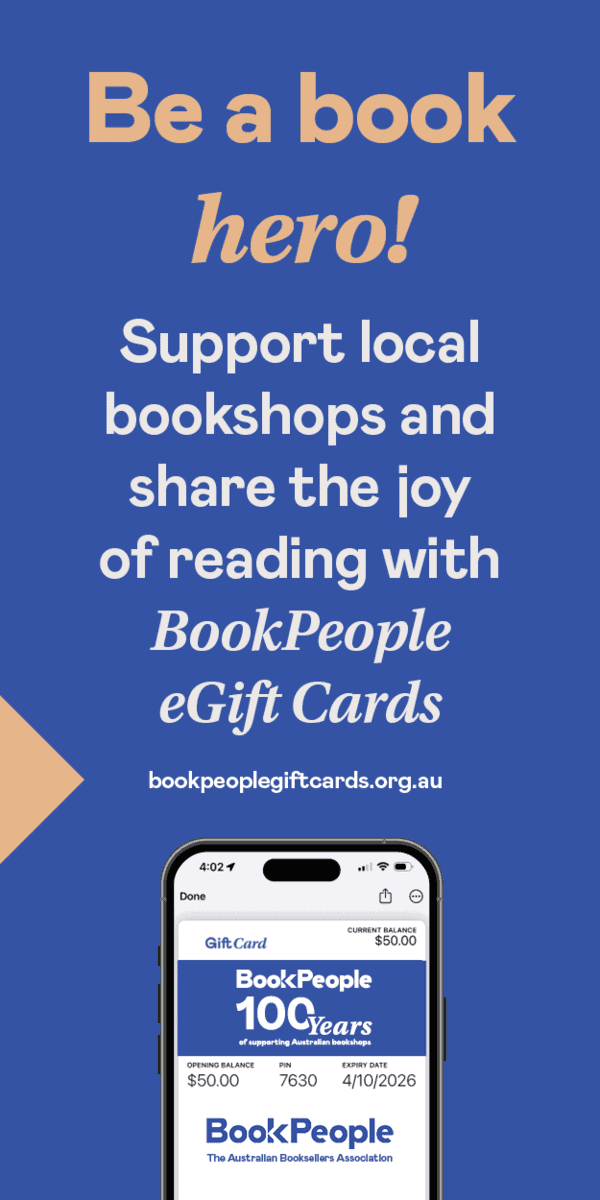When it comes to artwork within a book there is much more to it than you may realise. Australian children’s illustrator, visual storyteller and science communicator, Aśka, explains to us the power of visual literacy.
I am a visual storyteller. I guess you could also call me a comic maker, picture-writer, visual problem solver, designer, concept artist or an illustrator. All of these terms describe aspects of my job, but don’t capture the whole picture – the multidimensional aspects of visual storytelling.
Let me start with a commonly held assumption: that pictures, or illustrations, just supplement an existing text. While this is sometimes true, this is not the only way that images can relate to text.
In picture books the visual contributor’s role is to turn a 400ish word manuscript into a universe that readers yearn to revisit again and again. However wonderful it is, a picture book manuscript is the bare bones of a story, written in succinct language, much like poetry, leaving lots of room for both the artist and the reader. Designing images for a picture book is an independent creation process, which responds to text in order to deepen the experience of ‘reading’. This works best when the words and images need each other to deliver meaning. Bridges are built between the brick wall of art and the text-scaffolding, leading the reader on a rich, multi layered and multisensory journey.
With comic books, the process of weaving words and pictures together requires another level of planning, or as I like to call it – engineering. A middle-grade or YA manuscript cannot be simply ‘illustrated’ into a graphic novel. It must be rebuilt first, in the new language of the medium of comics. The original text manuscript becomes the blueprint from which a scaffolding of the comic book is constructed.

First up, I checked that the rhythm of the dialogue sounded good in the new bubble-to bubble format, and that it would flow across the page with ease, so the reader is never confused about what comes next. Then, I conceptualised the story visually, planning the size, arrangement and content of over 1000 panels. This process manages the pace of the story – is the reader racing through many small, action-packed panels, speeding up the story? Are they held in time, captivated by a large, detailed spread, full of texture and sensory information for greater emotional impact? – and also determined exactly what should be depicted in each of the panels to bring the story to life for readers.
Once this scaffolding had been engineered, the huge job of building the brick wall of art could begin. This is where the ‘illustrating’ takes place, as I visually designed the characters – including their clothes, nervous tics, unique movements, acting style – researched and developed settings, and engaged the various dramatic points of view. Until finally, after many months, the work was complete.
Although visual storytellers are often referred to as illustrators, the role is actually more akin to that of a film director. A writer and director are both integral to making a film happen; one will not be without the other, but each of their roles are entirely different, and absolutely essential.
Googling ‘visual books’ often yields only the name of the text contributor. Visual collaborators are often just an ‘add-on’ in reviews. In some cases, their names are even missing on award listings.
Visual storytellers’ skills to build experiences by combining images and words are vital to the success of current visual texts flooding the literature market. The term ‘illustrator’ needs to be rethought, as it fails to account for the true agency of a visual storyteller in the making of a visual book: the power of visual problem-solving, visual literacy, and visual communication. I prefer the term ‘visual storyteller’: these words open up space, possibility and potential. Visual storytelling implies action, and might make us wonder. I believe this term, with its open-endedness, better reflects the ever-expanding role of visual contributors, now and into the future.
Image credit of Aśka: Emanuel Rudnicki





